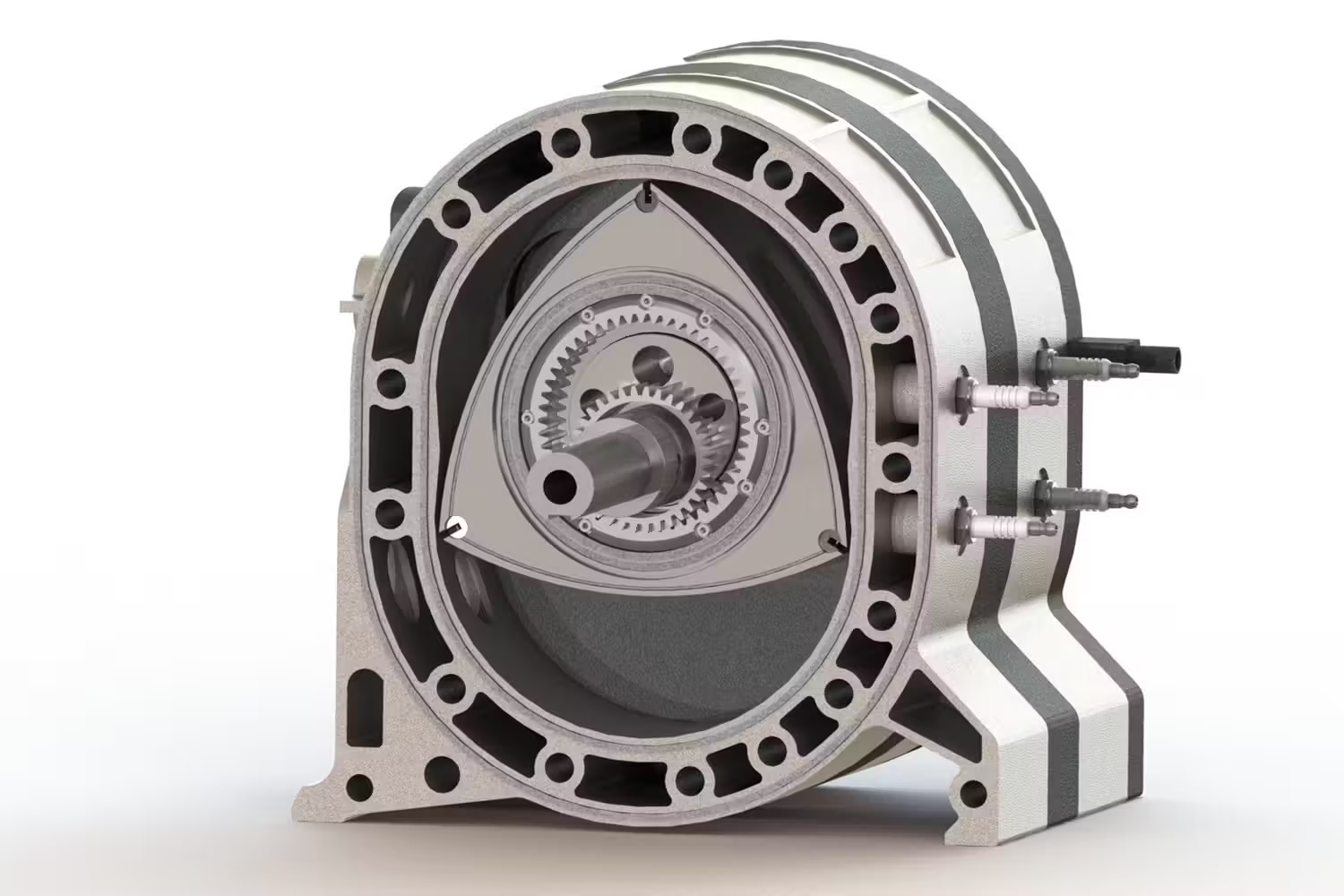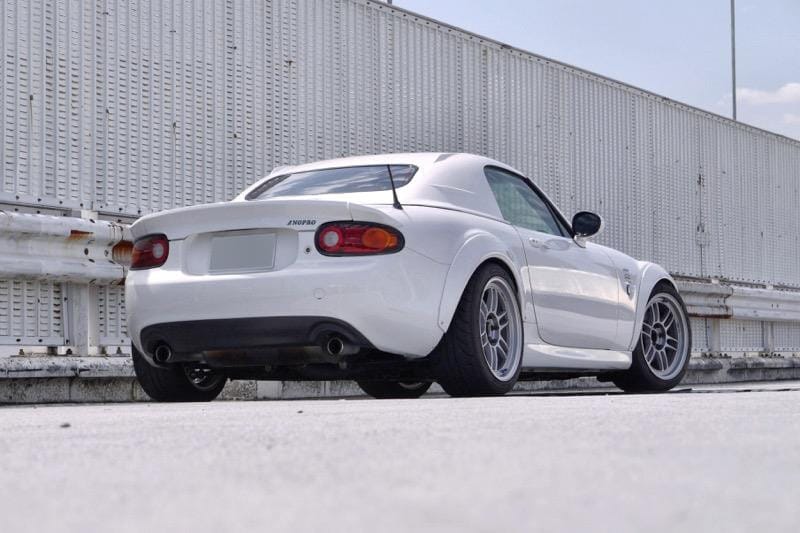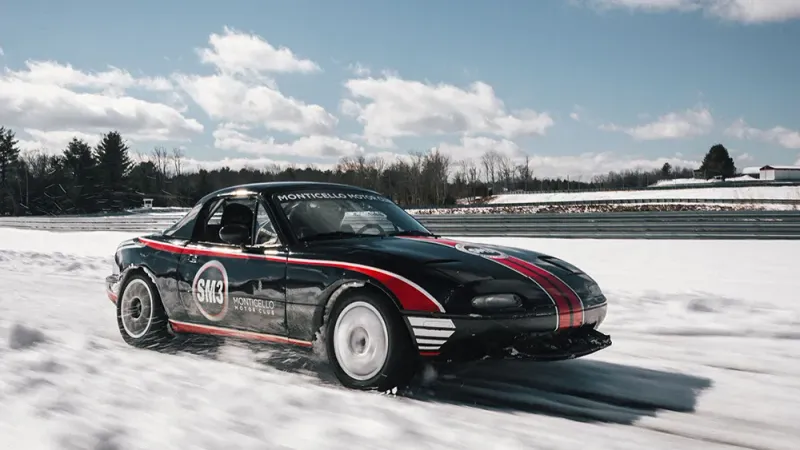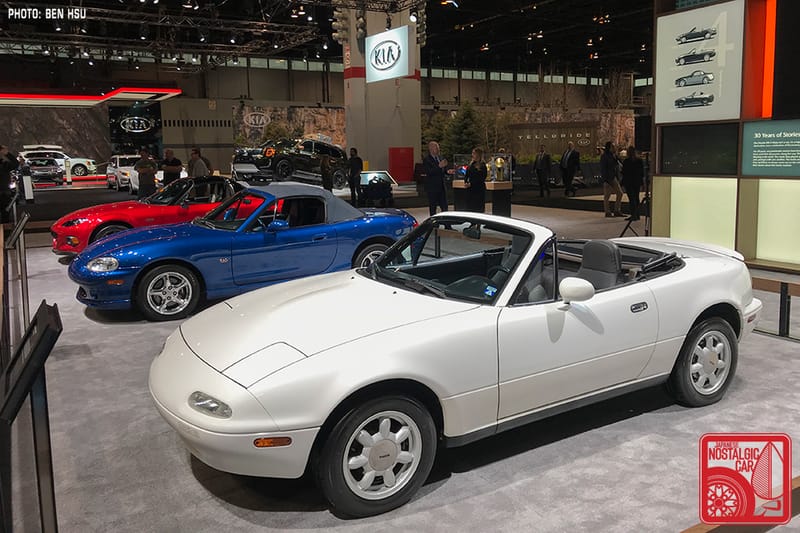Is a rotary swap on a Miata even worth it?
Dropping a 13B rotary into a Miata makes for a lightweight, high-revving monster with unmatched sound and character. For practical speed, a K-swap is smarter. For pure brap, 9k rpm thrills, and a unique conversation piece, the rotary Miata delivers.

A Miata + rotary is an ultra-cool, high-revving, lightweight combo with a sound and character nothing else matches. But it’s not the easiest nor cheapest path to reliable power, legality, or daily usability. If you want emissions-legal, lower-risk speed per dollar, or a K-swap wins. If you crave brap, 9k rpm, and a conversation piece you built, a 13B Miata can absolutely be worth it. See the emissions/legal and cost sections for why.
What “rotary” are we talking about?
Most Miata swaps use Mazda’s 13B in one of a few flavors. The RX-8’s 13B-MSP “Renesis” is common because donors are cheap and everywhere; stock output sits roughly in the 189–238 hp range and the long block is compact and light, though NA tuning headroom is modest. The FD RX-7’s 13B-REW is the dream motor for many, factory twin turbos, huge aftermarket, easy single-turbo conversions, just expect higher buy-in. The FC’s 13B-T is a simpler, single-turbo base with older hardware but friendlier pricing. Three-rotor 20B swaps exist, but cost, packaging, and sanity usually say “nope” for a Miata street car.

Porting Explained
Porting is how you reshape the engine’s breathing. A street-port is the mild bump, think roughly ten-percentish gains with street manners intact. A bridge-port is the rowdy, lumpy-idle setup that wakes up the top end while sacrificing some low-rpm smoothness. A peripheral-port is racecar energy: 9–11k rpm, big NA power potential, short service life, and not something neighbors love at 6 a.m.
Fitment and hard parts (NA/NB focus)
Physically fitting a rotary is very doable. Bolt-in subframe/mount kits exist for NA/NB, which nail engine position and clearances without you fabricating everything from scratch. If you’re chasing big power or custom packaging, a tubular “mount-less” subframe gives more room for ancillaries and pipework.

For transmissions, you’ll see two routes: the classic RX-7 gearbox with a Miata tail housing to keep the shifter in the right spot, or modern adapters that mate the 13B to strong, plentiful boxes like the Nissan CD009 or BMW ZF/8HP. Either way, plan on a custom driveshaft and crossmember work. Cooling and oiling are not optional upgrades, run a real radiator, proper ducting, and robust oil cooling. The exhaust will typically be a straight-shot 2.5–3.0 inch system with multiple resonators and a quality muffler to tame drone; turbo setups cruise quieter than big NA ports. Most builds use a standalone ECU (Haltech is a popular pick) for proper ignition staging, safety strategies, and clean integration.

Wiring and electronics
There isn’t a true plug-and-play Miata-to-13B harness. Expect to merge the rotary engine harness with the Miata body harness and then land everything in a standalone ECU. Good labeling, fresh connectors, and a weekend dedicated to “loom zen” will save you headaches later. This is where many timelines slip.
Reliability reality check
Contrary to meme lore, “apex seals” don’t randomly explode, tune, fuel, and heat do. Detonation is the big killer, so you want conservative timing, adequate enrichment under boost, and quality fuel. RX-8 flooding issues are usually misuse or weak ignition; warm the engine properly, keep the coils happy, and learn deflood procedure. Keep coolant temps, oil temps, and under-hood heat in check or you’ll cook coolant seals and housings. For oiling, either keep the oil-metering pump on a street car or premix consistently if you delete it; the key word is consistently.
Legal and emissions
California and other strict states care a lot about engine changes. In CA, you need a BAR Referee inspection and a label, and your car will be tested to the donor engine’s standards. That’s doable but not easy. If you just want guaranteed street-legal power, a CARB-exempt turbo kit on the stock Miata engine is the smooth path: no engine-family change, no referee visits, just EO paperwork and a car that passes.
Cost: realistic parts-only ranges
A budget Renesis swap can be done with a used RX-8 pullout, a Miata rotary mount/subframe kit, a midrange standalone ECU, sensible cooling/oiling, and a basic exhaust for roughly six to eleven grand in parts, before fabrication, tuning, and “whoops” money. A mid-tier 13B-REW single-turbo swap aiming for 300–400 whp usually lands in the fifteen to twenty-five thousand range in parts, depending on the turbo system, ECU/injectors, cooling, mounts, and transmission solution. If you go “do it once” with a modern strong gearbox and a beefed-up rear end (Ford 8.8 or similar), add several more thousands for driveline, axles, brakes, and heat management. Rebuilds are another line item: a basic professional 13B rebuild starts in the low-thousands for labor and climbs fast with new housings, port work, and hardware.
Performance and driving feel
This is why people do it. Rotaries rev instantly, feel feather-light in the nose, and deliver a soundtrack that makes even car-blind pedestrians turn around. Weight can be comparable or lighter than stock depending on the variant and accessories, and placement can keep the balance very Miata-like. The tax you pay is fuel economy, think RX-7/RX-8 numbers, not Miata numbers, so don’t expect 30 mpg unless gravity is helping.
Rotary vs the obvious alternatives
If you want legal, drama-light power on the street, If you want dailyable torque, broad parts availability, and set-and-forget manners, a K24 swap is hard to argue against even if the total bill ends up similar. If your goal is pure shove, V8s and big-turbo BP builds exist, but they change the Miata’s vibe the most and demand bigger driveline and brake budgets.

Pre-buy checklist
Before you spend a dollar, lock down a healthy donor (hot compression and clean housings), decide on a mount strategy (bolt-in kit or custom cradle), choose a gearbox path and confirm shifter position, spec cooling and oiling with real numbers (radiator core area, cooler size, ducting plan), map out fuel and ECU requirements (injector size, pump, sensors, logging), choose OMP vs premix and stick with it, understand your local emissions process, and be honest about your diff, axles, brakes, and tires. Leave budget and time for tuning, heat-soak fixes, and NVH cleanup after the first shakedowns.
So…is it “worth it”?
Say yes if you value uniqueness and character over the easiest path to horsepower, you’re okay with wrenching and learning the platform, your local laws won’t make you regret an engine-family change (or the car is track-only), and your budget covers engine, ECU, cooling, fab, driveline, plus a rebuild contingency. Say no, or “not yet”, if you need emissions-legal street power now, want set-and-forget reliability with great torque per dollar, or don’t have the runway for the inevitable tuning and shake-down cycle. With all that on the table, is a rotary-swap Miata worth it to you?




